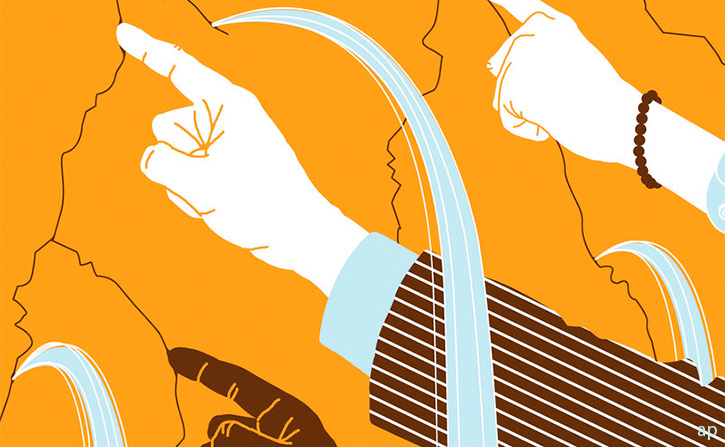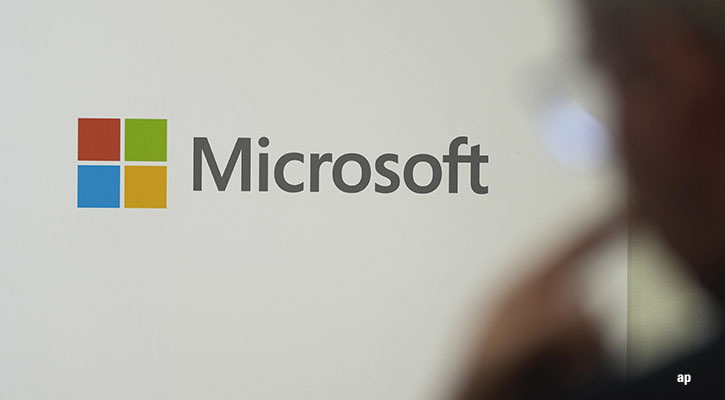In November last year, we made some changes to the way we classify investment trusts, to make it easier for you to compare funds on a true like-for-like basis, irrespective of their legal structure. One of the things we did was classify all investment trusts according to our Morningstar categories—you can read more about the changes here. In this article we're going to take a look at investment trusts in our Morningstar Global Large-Cap Blend Equity category and see how they fared last year, particularly compared to the open-ended peers.
2011 was a disappointing year for global equity funds in this category; the average fund ended the year down 10.14%. If we look specifically at the investment trusts in this category, most lost ground in net asset value (NAV) terms. Only three funds posted gains by the year-end: Lindsell Train (LTI), Personal Assets (PNL) and Martin Currie Global Portfolio (MNP) (the latter is rated Silver by Morningstar).
Lindsell Train doesn't use gearing, which definitely helped. This diverse fund is benchmarked to the annual average yield on one government bond--the 2.5% Consolidated Loan Stock. Put simply, the fund managers don’t want to lose money. They had very little in U.S. and European equities last year; around half of the portfolio’s assets were in U.K. equities and around one-fifth in Japanese equity funds managed by the group. The fund traded at a premium throughout 2011 and its 12-month average premium is around 6.9%, some two percentage points higher than at the time of writing.
Personal Assets also traded at a premium throughout 2011, although at a lower level than we saw at Lindsell Train. Personal Asset's 12-month average premium is 1.5%, broadly where it was trading at the end of January. This fund, like Lindsell Train, also tries to preserve capital and avoid losses. Run by Troy Asset Management, gearing isn’t used here either. The fund kept a chunky weighting in gold through 2011, as well as one-third of assets in short-dated bonds, which acted as a liquidity buffer.
Unlike these two funds, Martin Currie Global Portfolio traded at a discount throughout 2011, which averaged 7.5% over the 12-month period. The board is committed to managing the discount to this level, so it’s not surprising to see it average out here; often, such a mechanism can act as a support level, especially when there's an established course of action by the board. Like Lindsell Train and Personal Assets, manager Tom Walker doesn’t use gearing at Martin Currie. The fact these three funds are top of their investment trust peers is thus no coincidence, as we know gearing exacerbates volatility, and hurts in falling markets. (Read more on the risks associated with gearing here.)
At the other end of the spectrum were Cayenne Trust (TCT), F&C Managed Portfolio Growth (FMPG) and JPMorgan Overseas (JMO), which all lost more than 13% in NAV terms last year.
Cayenne is a fund of investment trusts with an active discount management policy. The board takes action at a discount of 5% and indeed, over the last 12 months the average discount was just 2.5%. However, the fund's objective is to make positive returns so 2011 was clearly a disappointment. Its fate lies to a great extent with the underlying funds in which it invests insofar as, being investment trusts, they had the double-whammy of falling markets and widening discounts, particularly in the summer as the European debt crisis unfolded. Net gearing of more than 10% throughout the year didn’t help, either.
F&C Managed Portfolio Growth has traded at a slight average premium over the last 12 months, although at the time of writing it’s back at a modest discount. Like Cayenne, it's a fund of investment trusts, so has suffered a similar fate of underlying discount widening of investee funds.
Then there's JPMorgan Overseas, which was geared in the first part of the year but not in the second. Its 12-month average discount is just 1.2% but it's currently trading at a discount of nearer 6.9%. In the second half of 2011, a mid-cap bias hurt and it was also a matter of simply holding the wrong stocks.
When we look at these funds in their Morningstar category, which comprises some 400 fund share classes, we see that Lindsell Train and Personal Assets take the top two positions for the year--outperforming open-ended funds in the same Morningstar category. Martin Currie Global Portfolio comes in at 13th.
That makes them three of just 18 funds (open-end and closed-end combined) that made money for investors last year. That’s the kind of statistic that shouldn't be ignored, in our view, and shows that, when used well, investment trusts have a strong role to play in a portfolio.
The below table shows the top 20 performances of open-end and closed-end (investment trust) funds combined from the Morningstar Global Large-Cap Blend Equity category in 2011.























